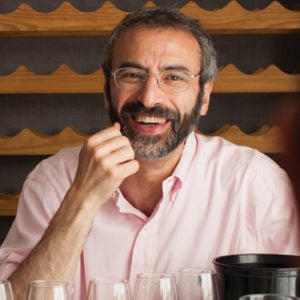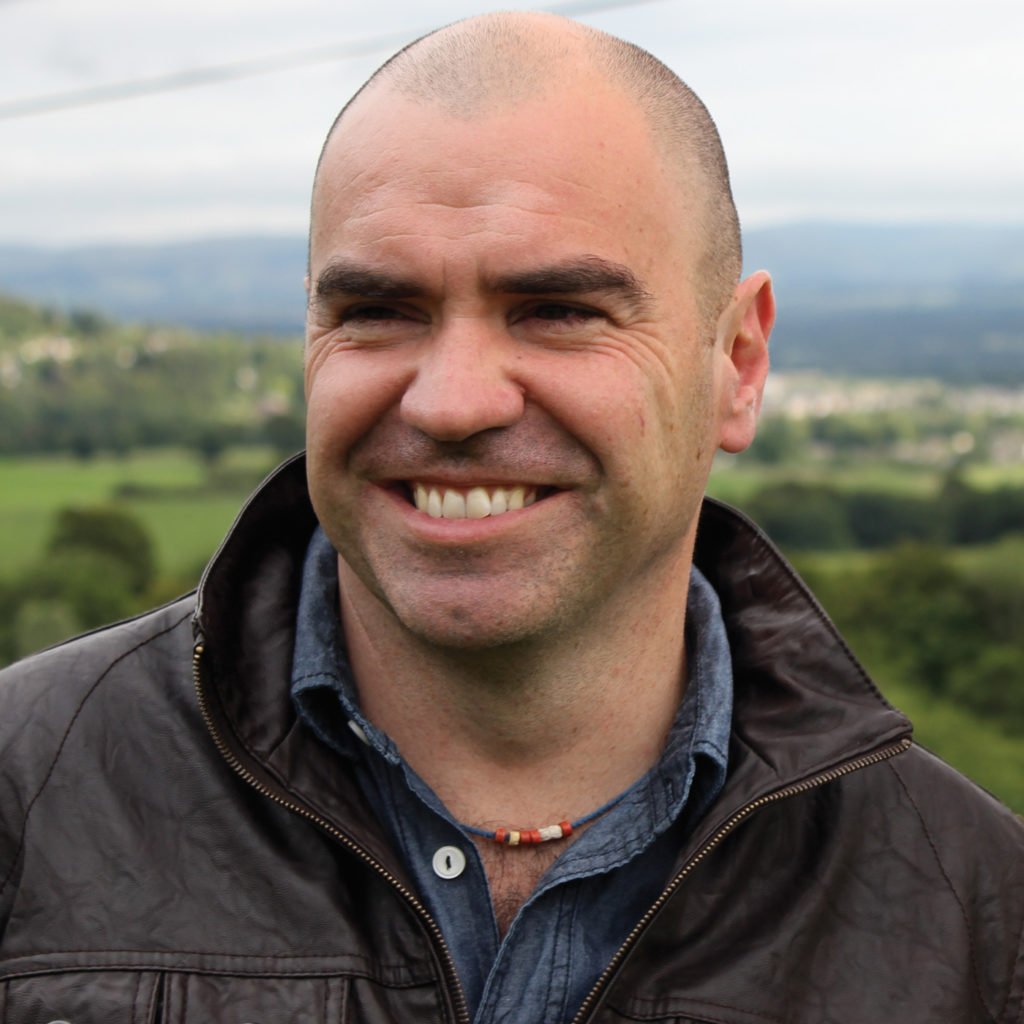Everyone remembers their first visit to Central Otago, especially when they arrive by air. The approach to Queenstown Airport weaves through some stunning, almost primordial, scenery, with roughly chiseled mountains on either side of a semi-arid landscape where the vineyards of Gibbston provide green to counter the intense turquoise…
To read this article and more,
subscribe now.
To continue reading without interruption, subscribe and get unlimited digital access to our web content and wine search.
This story appears in the print issue of April 2019.
Like what you read? Subscribe today.















